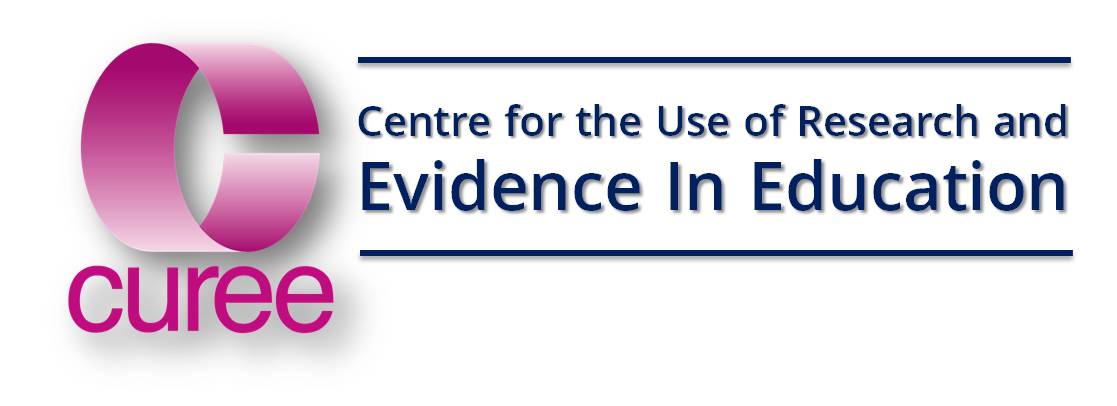One possible consequence of a less centrally managed system of CPD is an increased emphasis on self evaluation. Teachers are very familiar with the self evaluation form required by Ofsted and some of you may have also come across other self evaluation frameworks e.g. BECTA provide one which supports evaluation of current ICT provision leading to recommendations for improvement, NCETM are also piloting a framework for supporting the development of maths. Self evaluation frameworks usually take the form of questions to complete followed by some diagnosis of the current situation and suggestions for progression.
Two recent projects at CUREE have provided us with an opportunity to trial an alternative approach to self evaluation. The Paul Hamlyn foundation are sponsoring an initiative called ‘Learning Away’ and CUREE are evaluating the impact of residential activities on children and young people. We are also evaluating a number of CPD providers registered with the TDA’s CPD database. Both of the projects include a strand of self evaluation composed of a series of tools and a set of benchmarks. The benchmarks are derived from evidence based research findings and consist of a group of statements which map out progression. The tools consist of CPD activities such as the “eye diagram”, a photographic diamond nine and thinking frames. These tools are useful for participants in the activities and the providers of the learning experience understand much more about their audience too. Importantly from a research point of view they also generate reflections to make a judgement regarding the benchmark level, and a consistent set of data is derived which can be used to generate evidence across a number of schools/providers. For more information see the article on the Paul Hamlyn tools or contact lisa.bradbury@curee.co.uk
